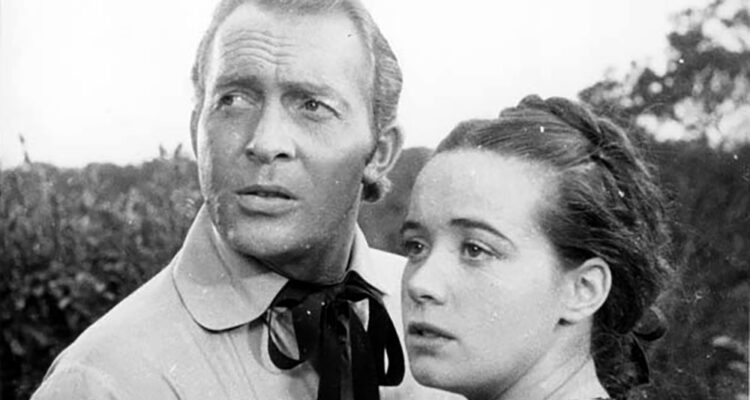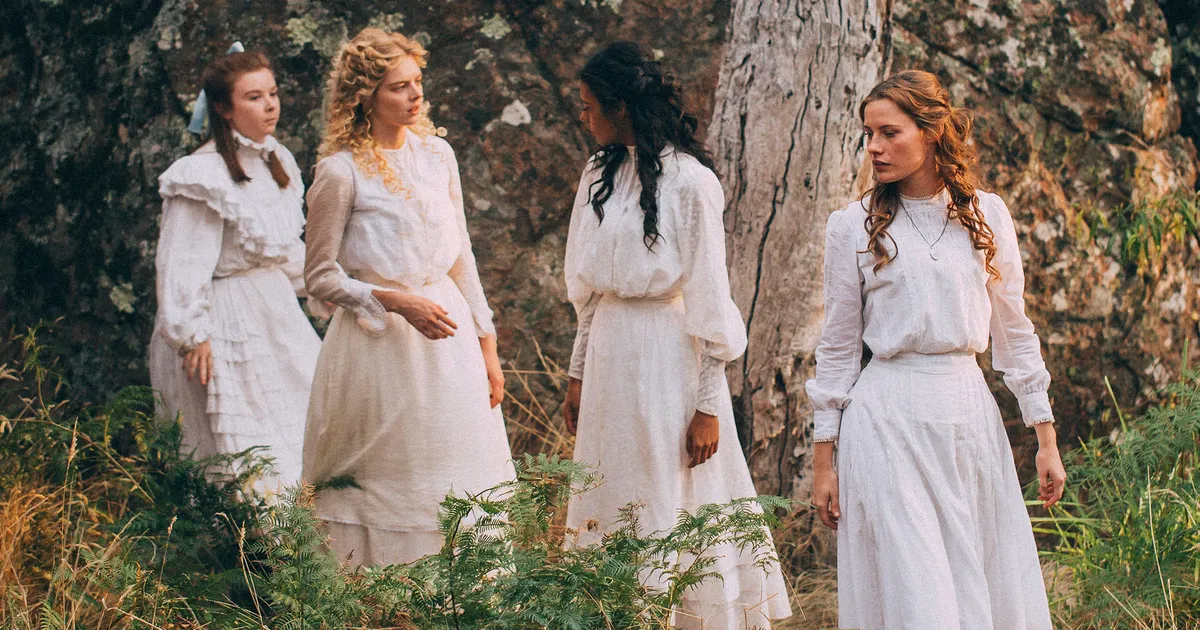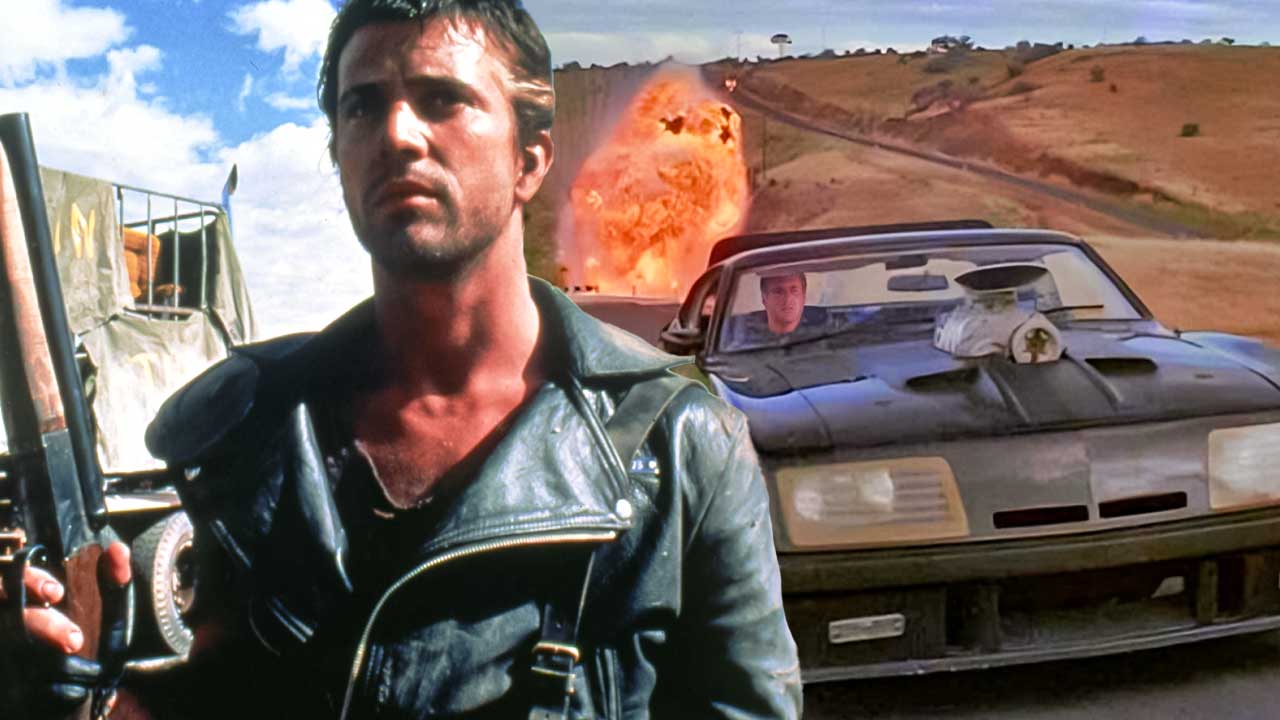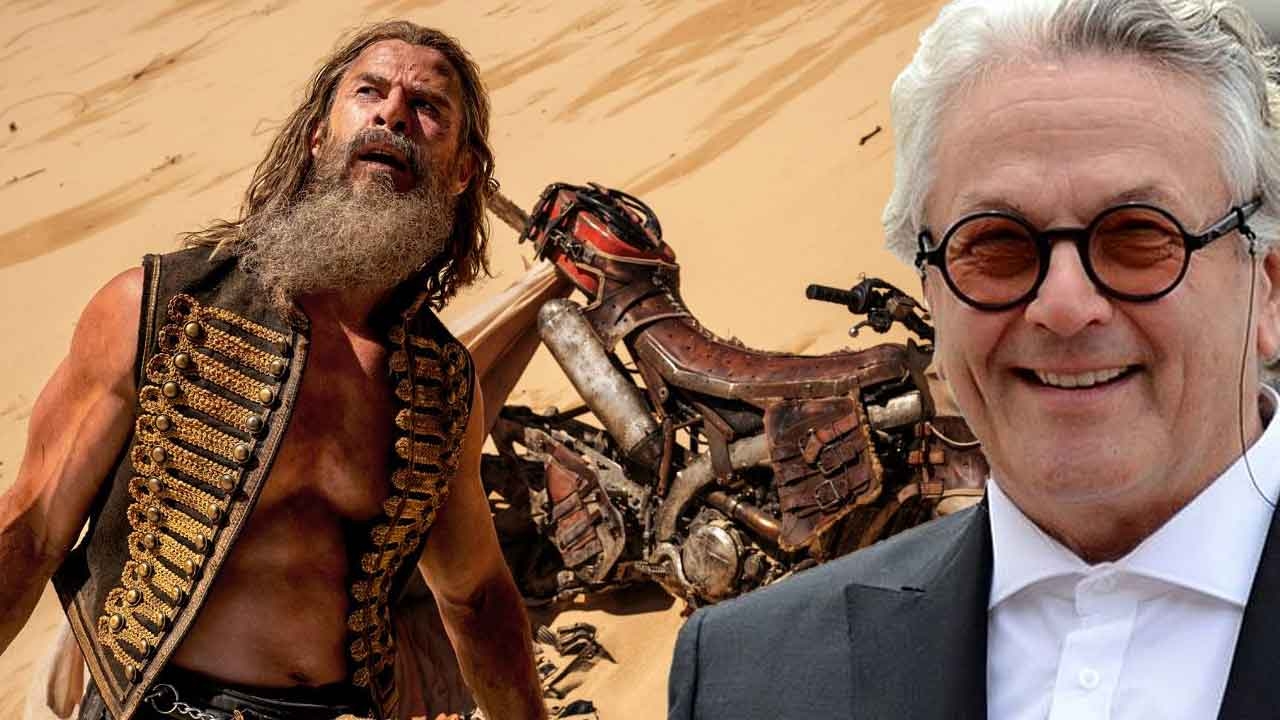Post World War II British Government Was Directly Responsible For Launching George Miller’s Iconic ‘Mad Max’ Franchise Due to a Rare Act of Good Will
For Australian movie lovers, it might be hard to imagine a time with barely any Aussie films on the big screen. But that’s exactly what it was like in the 1950s and 1960s. Back then, while other countries were churning out hit movies, Australia’s film industry was struggling to find its footing. There were barely any movies being made, and even fewer that people remember today.

Then, things changed for the better in the late 1960s. The government, led by Prime Ministers John Gorton and Gough Whitlam, saw the potential of Australian cinema. They decided to give it a much-needed shot.
To turn things around, the government put money towards a film school (Australian Film, Television and Radio School) founded in 1972. They also invested more cash in Aussie filmmakers. The result? A boom in creativity between 1970 and 1985. This period, known as the Australian New Wave, saw a wave of fresh and daring films by a new generation of directors.
British Government’s Role in Mad Max‘s Launch

Aussie movies hit the big time in the 70s and 80s! In this era, called the Australian New Wave, filmmakers weren’t afraid to break the rules and tell unique stories. One of the biggest hits was Mad Max, an action flick set in a world after a big disaster.
Aussie New Wave Transformed Global Cinema with Diversity
Australia’s film scene wasn’t all explosions and car chases. Sure, Mad Max was a huge hit, but there was a lot more to this movement. It gave a great mix of films, from chick flicks like Puberty Blues to brain teasers like Picnic at Hanging Rock.

This movement launched several Australian stars, like Paul Hogan and Nicole Kidman, and hotshot directors like George Miller and Peter Weir, who later made it big in Hollywood. The impact of the New Wave is still strong today. For instance, the success of Mad Max: Fury Road shows that these Aussie stories can still captivate audiences worldwide.
Watch Mad Max on Prime Video!







